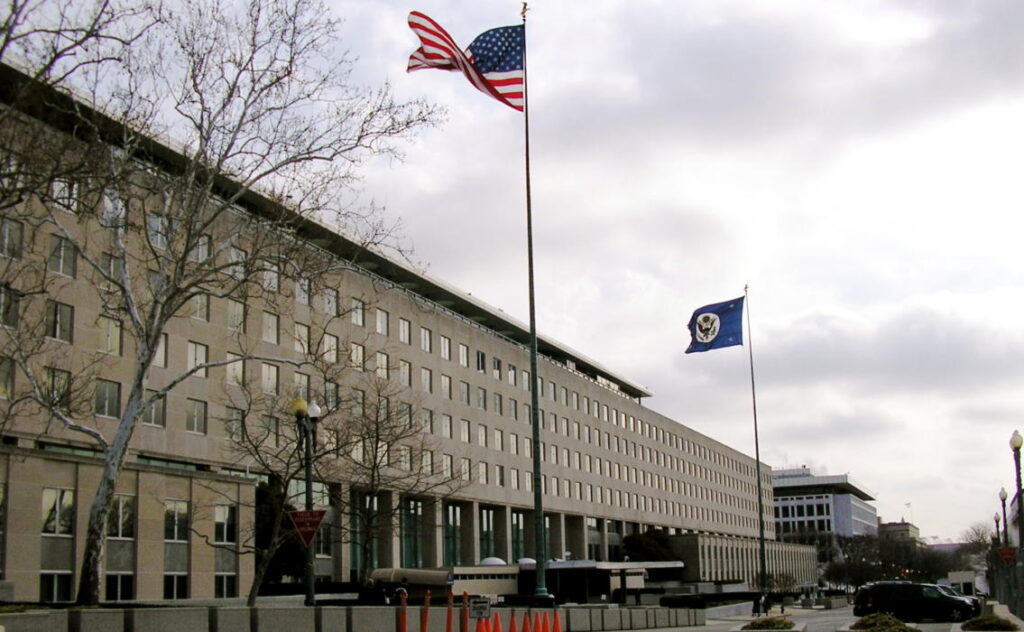.
Where Syria Fits in the World’s Oil Supply System
Syria itself isn’t a major oil producer. The country’s exports have been severely restricted by U.S. and European Union sanctions in recent years and its energy infrastructure has been damaged by unrest. However, it lies in close proximity to pipelines and sea routes that transport much of the world’s crude.
To the southwest is the Suez Canal, one such chokepoint, which connects the Red Sea and the Gulf of the Suez with the Mediterranean Sea. The canal transports about 800,000 barrels of crude and 1.4 million barrels of petroleum products daily, according to the U.S. Energy Information Administration.
Another regional oil shipping route potentially threatened by the Syria crisis is the Sumed, or Suez-Mediterranean, pipeline, also in Egypt, which moves oil from the Persian Gulf region to the Mediterranean. The Sumed handles 1.7 million barrels of crude oil per day, the EIA said.
To the north of Syria is Turkey, which has the Kirkuk-Ceyhan pipeline that carries a large supply of Iraqi oil to the Mediterranean, and the Baku-Tblisi-Ceyhan pipeline which transports oil from Central Asia. Oil prices have risen in the past when those pipelines were sabotaged.
And to the east of Syria are the oil fields of northern Iraq, a country that produced 3 million barrels of crude a day in 2012.
Syria’s energy sector is in turmoil because of ongoing hostilities
You might ask why there is so much focus on Syria right now. Well, Syria is an integral part of the proposed 1,200km Arab Gas Pipeline:
Arab Gas Pipeline (AGP), Jordan, Syria, Lebanon, Egypt
So yes, regime change was planned against Syria (as well as Iraq, Libya, Lebanon, Somalia, Sudan and Iran) 20 years ago. And yes, attacking Syria weakens its close allies Iran and Russia … and indirectly China.
But Syria’s central role in the Arab gas pipeline is also a key to why it is now being targeted.
Oil pipeline from Kirkuk to Syrian port of Banias
A deal to run petroleum from Iraq’s Kirkuk oil field to the Syrian port of Banias has also been approved. Iraq and Syria plan to build as many as three new cross-border pipelines for oil and natural gas, providing the Iraqi government with new and potentially useful options for marketing its most valuable commodities.
Officials from the two countries’ oil ministries “recently” signed a memorandum of understanding to build two oil pipelines and Iraq’s first international gas pipeline, Senior Deputy Oil Minister for Upstream operations Abdul Karim al-Luaybi said in an interview in Baghdad today. The pipelines would originate at oil fields near Kirkuk in northern Iraq and terminate at Syria’s port of Banias on the Mediterranean Sea.
The agreement comes as Iraq, home to the world’s third- biggest oil reserves, seeks to more than double its current crude production of 2.345 million barrels a day. Iraq depends on oil for most of its income and is counting on foreign companies such as Exxon Mobil Corp. to boost output at fields that have suffered from years of war, mismanagement and scant investment.
In 2003 the USA carried out airstrikes along the section of the pipeline in Iraqi territory. In 2007, Gazprom‘s subsidiary Stroytransgaz commenced discussions with the Ministry of Oil of Iraq and Iraq’s North Oil Company concerning its participation in the restoration of the Kirkuk – Banias export oil pipeline.
Levithian gas fields and infrastructure in Lebanon / Syria
Israel is concerned by reports that a delivery of Russian, supersonic anti-ship missiles are en-route to Syria, especially by the possibility that Lebanon’s Hezbollah could get its hands on the warheads, potentially providing a huge threat to its offshore natural gas fields.
In March Israel began production from its second largest gas field, the Tamar field off the coast of northern Israel. The development of the field, which is estimated to have reserves of 8-11 trillion cubic feet of natural gas, is handled by a joint operation between Nobel Energy, Delek Group, Isramco, and Dor Alon.
God has guided the Israeli people to only place in ME with no oil
The largest Israeli natural gas reserve is the Leviathan field a little further out to sea; it is estimated to contain around 20 trillion cubic feet and will begin producing gas in 2014.
“Golda Meir often joked that God had guided the Jewish people through the desert to the only land in the Middle East with no oil.”
Qatar GCC gas pipeline west through Iraq and Syria to Mediterranean port
(Oil and Energy News) May 15, 2013 – In March, the stakes were raised, especially for Qatar, when Iraq signed an agreement with Iran for a pipeline to bring gas from the latter’s massive South Pars field through Iraq into Syria [link RT.com]. It is important to understand that it was this very same pipeline specter that launched Qatar’s design to shape the conflict in Syria, which not coincidentally started about the same time that the initial agreement for the pipeline was reached. You see, the pipeline would give Iran a major outlet for its gas because it could also be extended beyond Syria, for instance to Lebanon, or perhaps to Europe. Qatar shares the Pars field with Iran, so this is a race to the finish line to get that gas to international markets. Neither the Qataris nor the Saudis (certainly not the Israelis) want Iran to have access to this market through such a pipeline. Pipelines are power. Of course, Russia doesn’t want it either, because in the end it could challenge its own gas hegemony over Europe.
